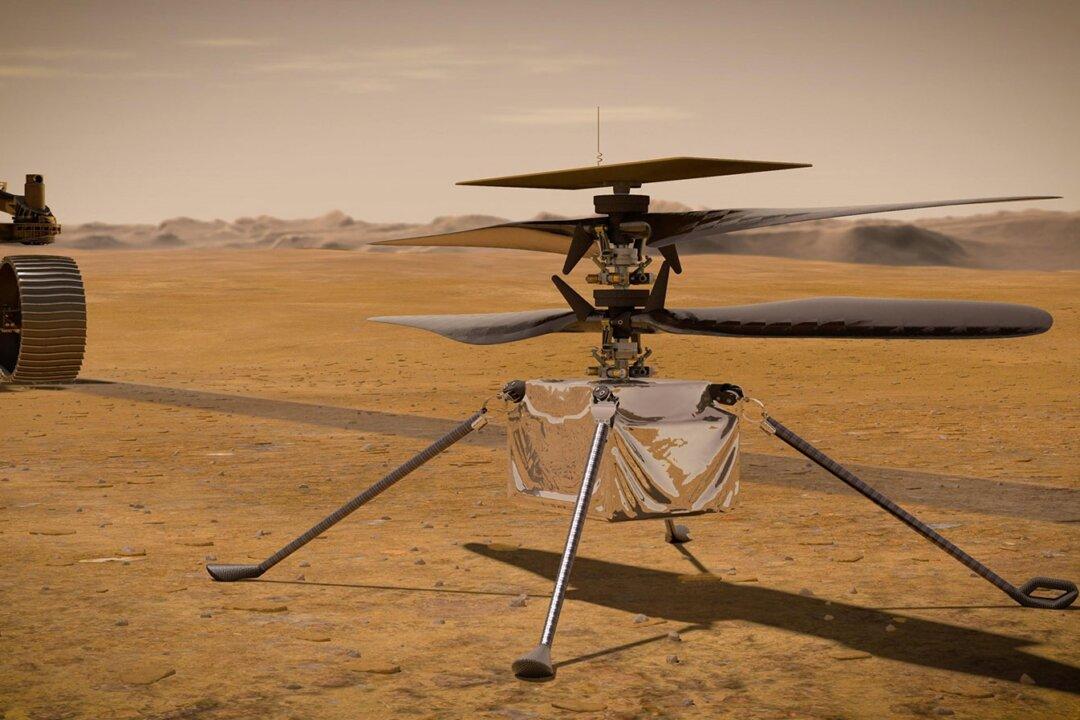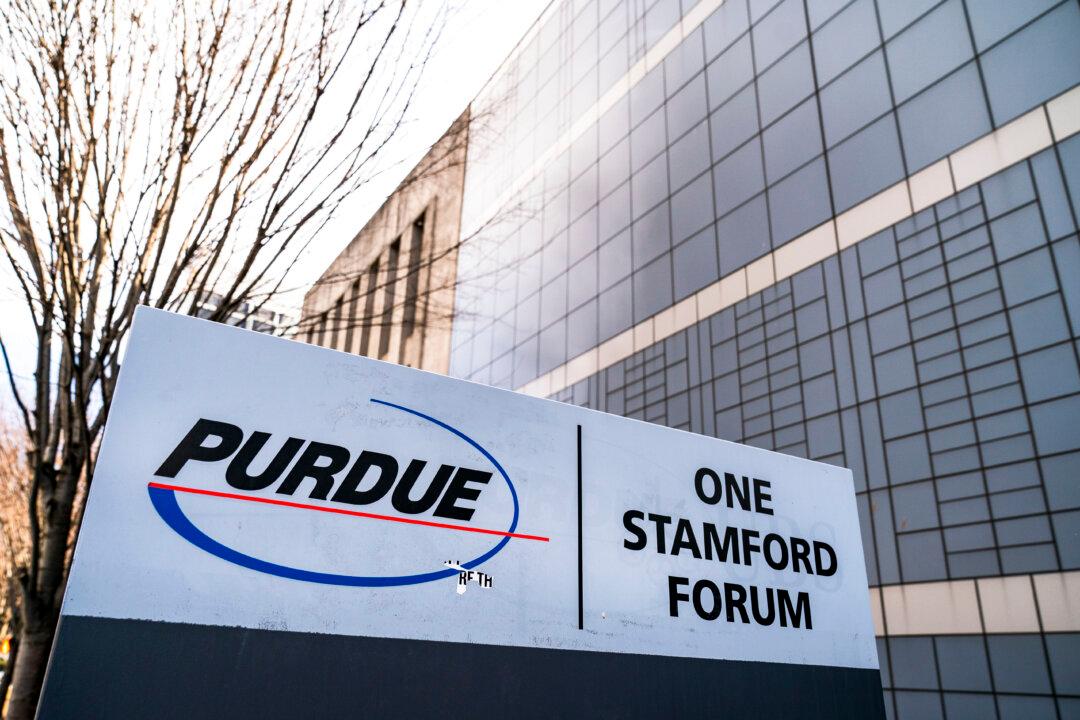Though space travel marks the advancement of mankind, it’s still hard on the body, according to a study that looks at its wear-and-tear on the visceral organs, namely the kidneys.
Nature Communications, the peer-reviewed science journal, published the study titled “Cosmic kidney disease: an integrated panomic, physiological and morphological study into spaceflight-induced renal dysfunction.”





